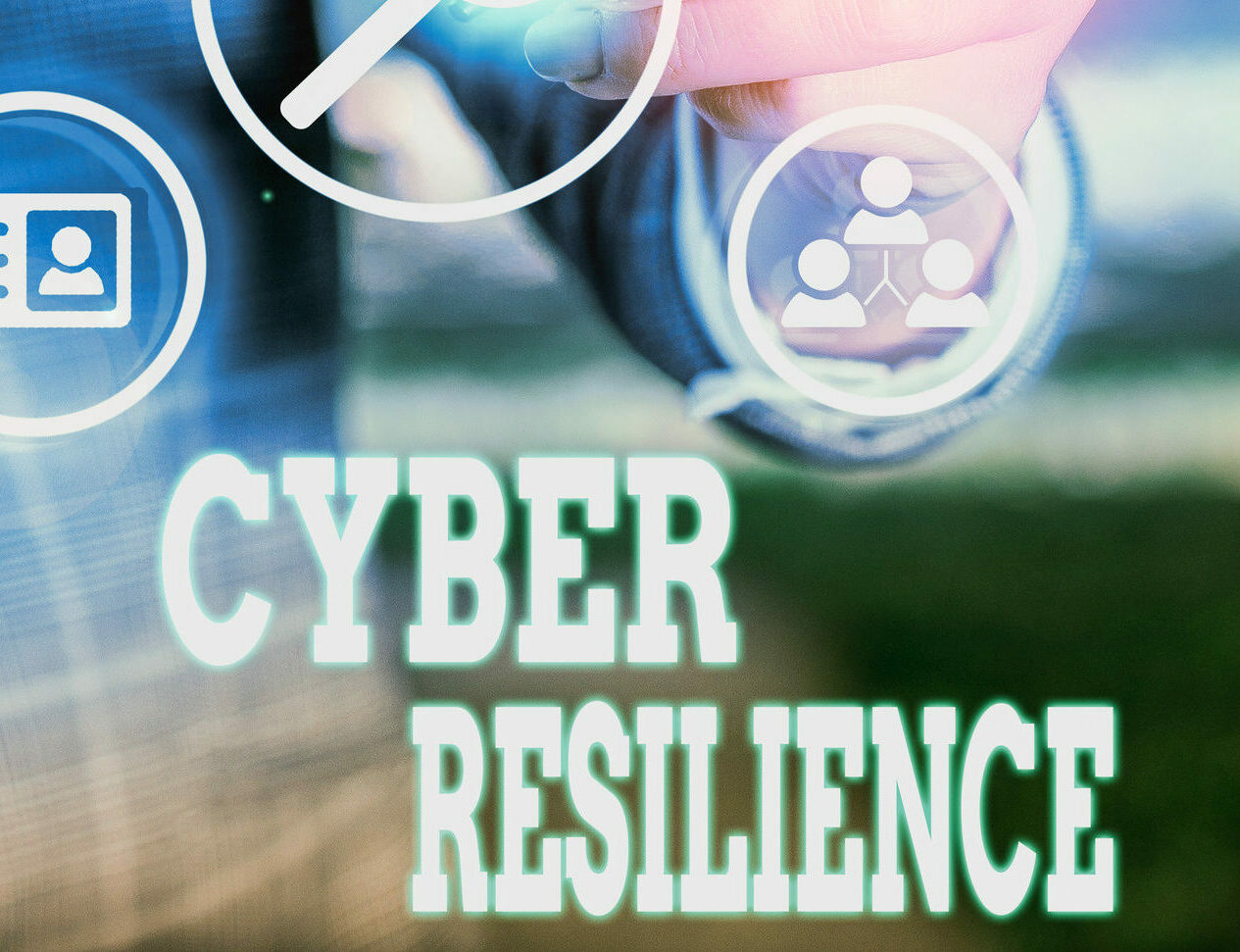What is Cyber Resilience and Why is it Important?

Cybersecurity is not only concerned with providing technical solutions that respond to criminal actions with a greater or lesser degree of technological sophistication. One of its capabilities is also to provide other types of resources that enable organizations to be prepared, respond and recover when they become victims of a cyberattack; in short, to be cyber-resilient.
It is not possible to guarantee absolute defense against all threats to the IT ecosystem. Cyberattackers are constantly seeking to evolve the way they perpetrate their criminal acts by developing new methods that succeed in finding ways to breach system protection.
A good knowledge of the threats that plague the technological fabric of organizations makes it possible to assess the risks to which it is exposed and, in addition, to understand the tactics and motivations of malicious actors. In turn, addressing the risks to which technology is exposed involves designing an apparatus of policies, specialized resources, staff training with varying degrees of cybersecurity expertise, and incident response and recovery processes.
All this is essential when designing an active cybersecurity strategy, which tries to anticipate criminal trends that may affect the interests of an entity in the future, a key factor in building an effective cyber-resilience strategy.
What is Cyber Resilience?
The term cyber resilience, born from the confluence of two well-known aspects such as disaster recovery and business continuity, refers to the ability to deal with a cyber attack, effectively deploying the relevant means of recovery to minimize the possible consequences of the attack, avoiding a significant impact on the affected system and, therefore, ensuring its operational continuity without significant damage or impact on its performance.
Cyber resilience means that organizations do not reduce their strategy to protection against malicious acts, but proactively deploy a whole battery of solutions that help to address threats before they seriously affect their business.
Cyber Resilience VS. Traditional Resilience
Cyber resilience is a new and emerging aspect that has taken center stage in companies with their total immersion in the technological reality. The main objective of a good cyber resilience program is to develop a series of optimized steps that build a whole system to react to any attempted cyber-attack and, in doing so, safeguard the company from being negatively impacted in its production and reputation.
As opposed to a strategic conception derived from the traditional priority to emphasize the defense of networks, systems and data against unauthorized access attempts, the focus now also includes the ability to continue, under adverse circumstances arising from a cyber incident, the activity in a reliable manner. To this end, a whole set of resources including penetration testing, vulnerability analysis, incident response, policies and procedures, threat research and risk analysis is structured.
Why is Cyber Resilience so Important?
An IT security incident can destroy an organization’s assets and reputation in a matter of minutes. Proper preparation, even for the most unlikely threats, provides the resources and responsiveness needed to mitigate the dire consequences that can result from any type of cyberattack.
While the adoption of technical security measures is indispensable nowadays, it is also necessary to have a solid and well-designed strategic planning that contemplates the possible scenarios and, consequently, conveniently prepares for a timely reaction in the shortest period of time. And, although it is true that most organizations lack the experience required to cover this aspect, fortunately the cybersecurity market also offers solutions to ensure this aspect.
The adoption of a well-coordinated cyber-resilience strategy reduces the economic losses that can result from a cyber-attack, and not only those arising from the incident itself, but also those arising from possible penalties imposed for not complying with cybersecurity requirements. By adopting a cyber-resilient strategy, there is a greater compliance with requirements that are transferred from the different specialized regulations.
Likewise, having a reaction plan that anticipates the possible scenarios arising from an incident speeds up the recovery time, since a coordinated process is activated in a programmed manner that avoids improvisations that could dangerously delay the response capacity.
Conclusion
Effective cyber resilience must be a strategy based on proactively managing risks, threats, vulnerabilities and impacts on critical information and assets.
Effective cyber resilience also involves governance, risk management, understanding data ownership and incident management. Assessing these characteristics also requires experience and judgment.
The opportune moment to meet and talk about how we can provide solutions to your cybersecurity



